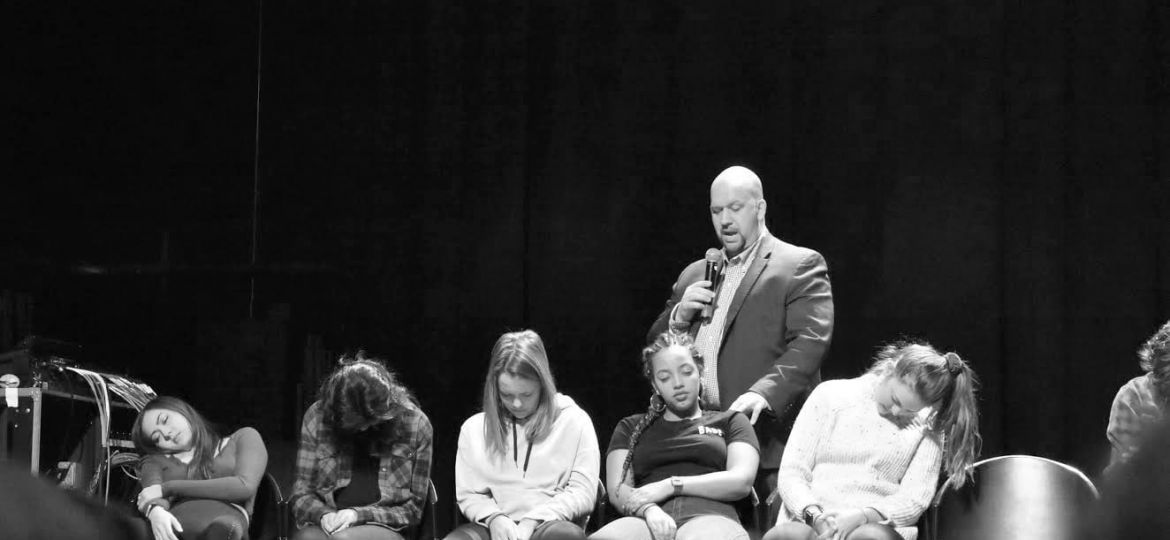
There’s nothing wrong with hypnotism; in fact, I would describe it as a state that’s very close to meditation (from my experiences being under hypnosis). When used for therapeutic purposes, hypnotism can recover repressed memories, allow modification of behavior by suggestion (such as smoking) and even cure phobias. It can also simply be used to rid yourself of some stress after a long day. But, hypnotism as a use for entertainment? I’m still not convinced that’s worthwhile.
On Saturday, Feb. 17, St. Olaf welcomed hypnotist Paul Ramsay to campus for the second time. His show, entitled “Mind Games,” took place on the Pause Mane Stage and housed an surprisingly good turnout.
Ramsay gave a brief overview of what the plan for the night was, immediately announcing he would not be taking volunteers. Rather, he put every audience member through a short demo of the hypnotic state by asking them to imagine one hand being pulled up by a balloon and the other weighed down by a book. At this point in time, it was up to each person to decide if they wanted to proceed further into the hypnotic state, eventually having the option to be one of several participants to be on stage for the remainder of the show.
Ramsay has traveled all over the country with the show “Mind Games,” with the headliner of it being the “first truly interactive stage hypnotism show in the world.” Essentially, the audience got to decide how to best embarrass their classmates on stage by voting for what scenario Ramsay would hypnotize the participants into acting out. The audience voted on the theme “throwback” for the show, and thus Ramsay had the participants pretending to be the stars of High School Musical, drill sergeants, Guitar Hero champions, Nicki Minaj with her backup dancers and, most unexpectedly, people who had lost their butts.
But how does this all work? Hypnotism, as described by Ramsay, is positive, powerful and helpful. It is a state in which the brain waves slow to a pattern that’s more like daydreaming. One misconception about hypnosis is that the subject is not conscious or aware; rather, the hypnotist just puts the subject in a state of deep relaxation at which they are more susceptible to suggestion. Supposedly, at any point during the night any of the voluntary participants could have “woken up” and walked off the stage. But unsurprisingly, none did.
Ramsay believes this has to do with how “relaxed and good people feel once they are in the deep hypnotic state.” Yet, it’s hard to believe any of these participants were relaxed. They rarely had the chance to sit still during the almost two hour long show, instead being asked to perform ridiculous and embarrassing tasks for the enjoyment of the audience members.
To his credit, Ramsay was a bit more informative in his descriptions and selling of hypnotism as a powerful therapeutic tool compared to other hypnotism shows I’ve seen. However, using a show like this in the long-run seems to further stereotypes of hypnotism, rather than diminishing them. Instead of having people lip sync songs and look around for supposedly missing body parts, entertainer hypnotists may do better to give workshops to the full audience on the benefits of teaching your brain to stay in a deep, relaxed state. In the day-to-day stress of our lives, a skill like that is bound to be more beneficial than a 90-minute throwback show featuring fellow classmates.
hussey2@stolaf.edu

